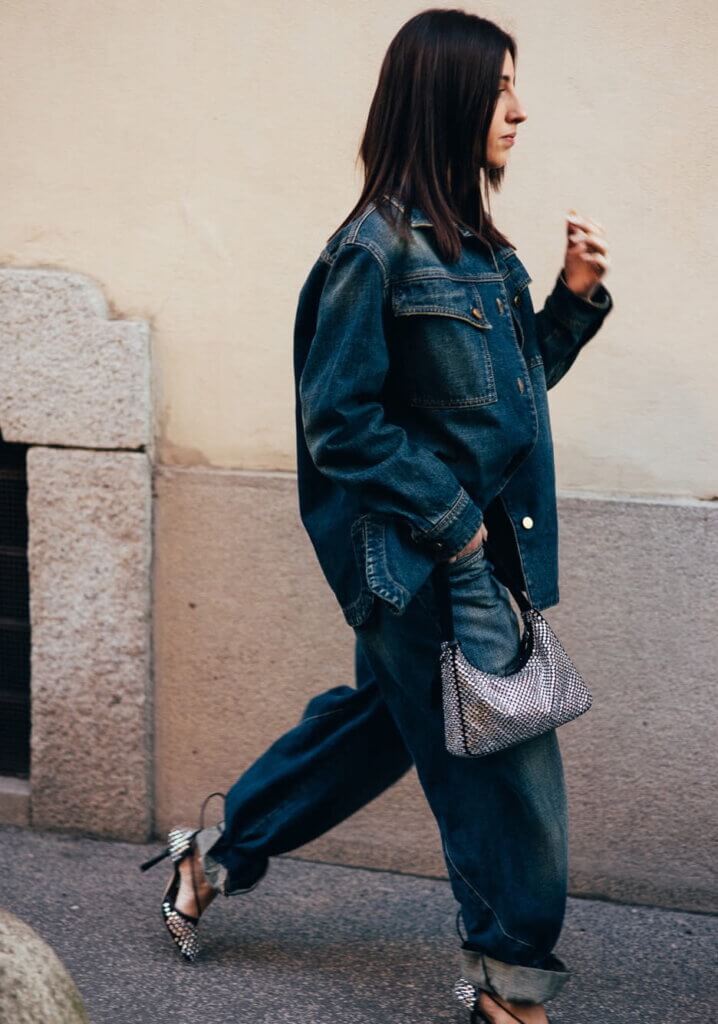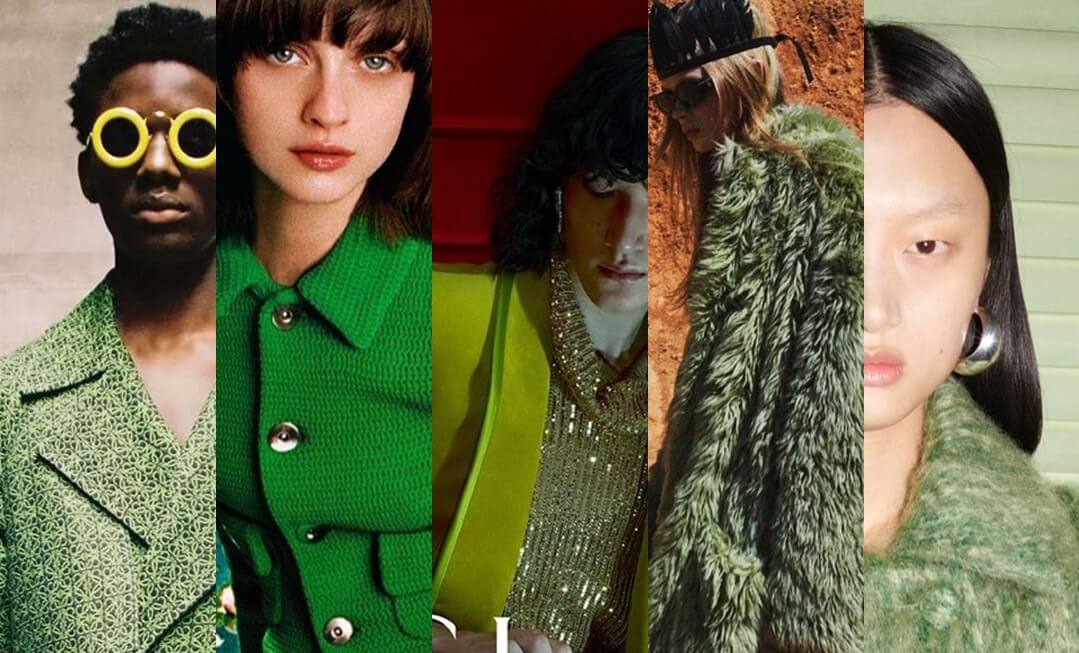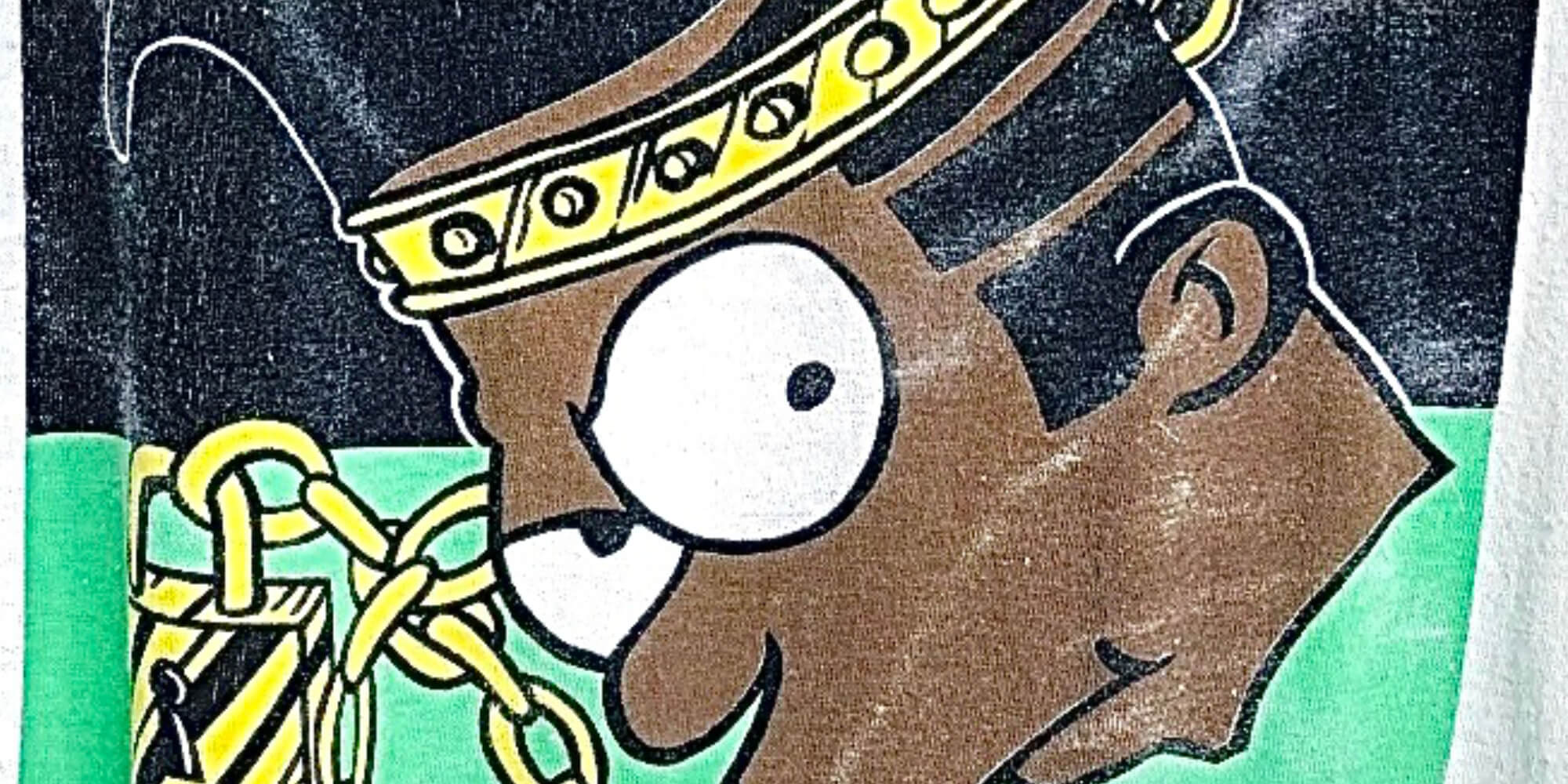Forgive Me For What I Have Sinned
If you’re searching on Google for “fashion sins” or similar terms, you’ll find approximately 93,900 results in just 0.59 seconds. Some of the headlines you’ll come across include:
“Avoid These Fashion Faux Pas,”
“The 10 Biggest Fashion Sins for Women,”
“Things You Should Never Wear,”
“Fashion Sins and How to Avoid Them,” and “How to NOT Look…” These articles are filled with endless lists for building the perfect wardrobe, amusing anecdotes about so-called fashion failures, and supposedly useful tips and tricks to steer clear of them.


But what exactly are fashion faux pas? Internet lists mention items like Crocs, hot pants, animal print, socks with sandals, Ugg boots, bike shorts, fanny packs, skinny and/or ripped jeans, denim-on-denim, mixed metals, pattern mixing, color blocking, showing bra straps, and the list goes on and on. These lists can be continued indefinitely. They serve as comprehensive guides to what not to do in fashion, and anyone who commits these “sins” now hopes for some leniency. However, it’s not as dramatic as it sounds. While browsing through Google, these articles still raise questions. Who decided what constitutes a fashion failure? Who proclaimed, “Fanny packs are so ugly, they should be considered a sin,” and why?
It’s surprising how relevant these issues still are, especially in a time when individuality is highly valued. But do people genuinely care about these so-called fashion sins? Shouldn’t the pursuit of individuality and the desire to express oneself through fashion eliminate the need for fashion sins altogether, both in our closets and our thoughts?

This is particularly relevant considering that some of fashion’s most condemned sins have made a comeback, dominating Instagram feeds, the streets of fashion capitals, and even our everyday outfit choices. Ugg boots have recently had a resurgence and partnered with the It-Bag Brand Telfar. Crocs, too, have made their high-fashion debut with collaborations from Balenciaga and Vetements. Additionally, color-blocking styles and mixed pattern looks have heavily influenced streetwear during international Fashion Weeks this year. So, does the love for fashion also encompass embracing these “faux pas,” or is it precisely these transgressions that fuel our passion? In a time of ever-changing trends, anti-fashion movements, and a high degree of individualism, do fashion sins even exist?
To summarize in the words of the Pet Shop Boys, “Everything I’ve ever done, everything I ever do, every place I’ve ever been, everywhere I go is a sin.”



























